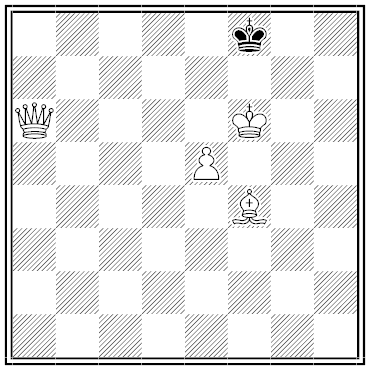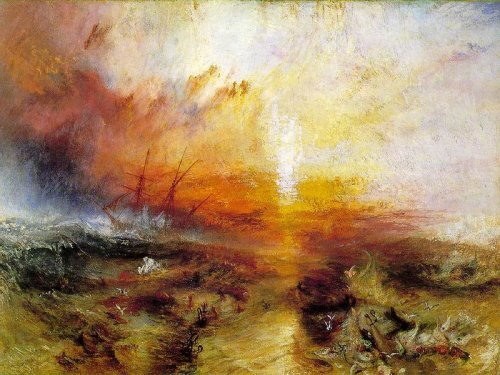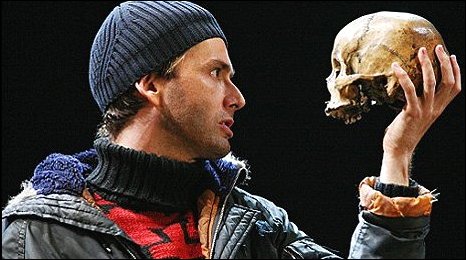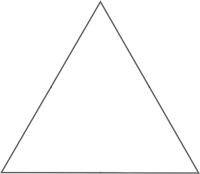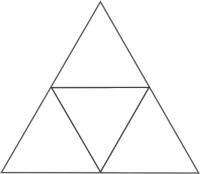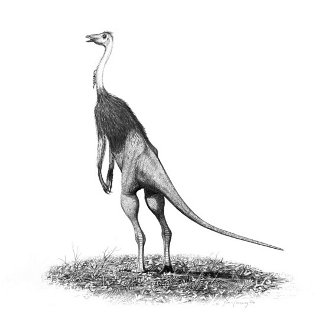
From a collection of poems presented to J.B.S. Haldane by colleagues on his 60th birthday:
The Dinosaurs, or so we’re told,
Were far too imbecile to hold
Their own against mammalian brains;
Today not one of them remains.
There is another school of thought,
Which says they suffered from a sort
Of constipation from the loss
Of adequate supplies of moss.
But science now can put before us
The reason true why Brontosaurus
Became extinct. In the Cretaceous
A beast incredibly sagacious
Lived and loved and ate its fill;
Long were its legs, and sharp its bill,
Cunning its hands, to steal the eggs
Of beasts as clumsy in the legs
As Proto- and Triceratops,
And run, like gangsters from the cops,
To some safe vantage-point from which
It could enjoy its plunder rich.
Cleverer far than any fox
Or Stanley in the witness box
It was a VERY GREAT SUCCESS.
No egg was safe from it unless
Retained within its mother’s womb,
And so the Reptiles met their doom.
The Dinosaurs were most put out
And bitterly complained about
The way their eggs, of giant size,
Were eaten up before their eyes,
Before they had a chance to hatch,
By a beast they couldn’t catch.
This awful carnage could not last;
The age of ARCHOSAURS was past.
They went as broody as a hen
When all her eggs are pinched by men.
Older they grew, and sadder yet,
But still no offspring could they get.
Until at last the fearful time, as
Yet unguessed by Struthiomimus
Arrived, when no more eggs were laid,
And then at last was he afraid.
He could not learn to climb with ease
To reach the birds’ nests in the trees,
And though he followed round and round
Some funny furry things he found,
They never laid an egg — not once.
It made him feel an awful dunce.
So, thin beyond all recognition,
He died at last of inanition.
MORAL
This story has a simple moral
With which the wise will hardly quarrel;
Remember, Prof., it scarcely ever
Pays to be too bloody clever.
— J. Maynard Smith

